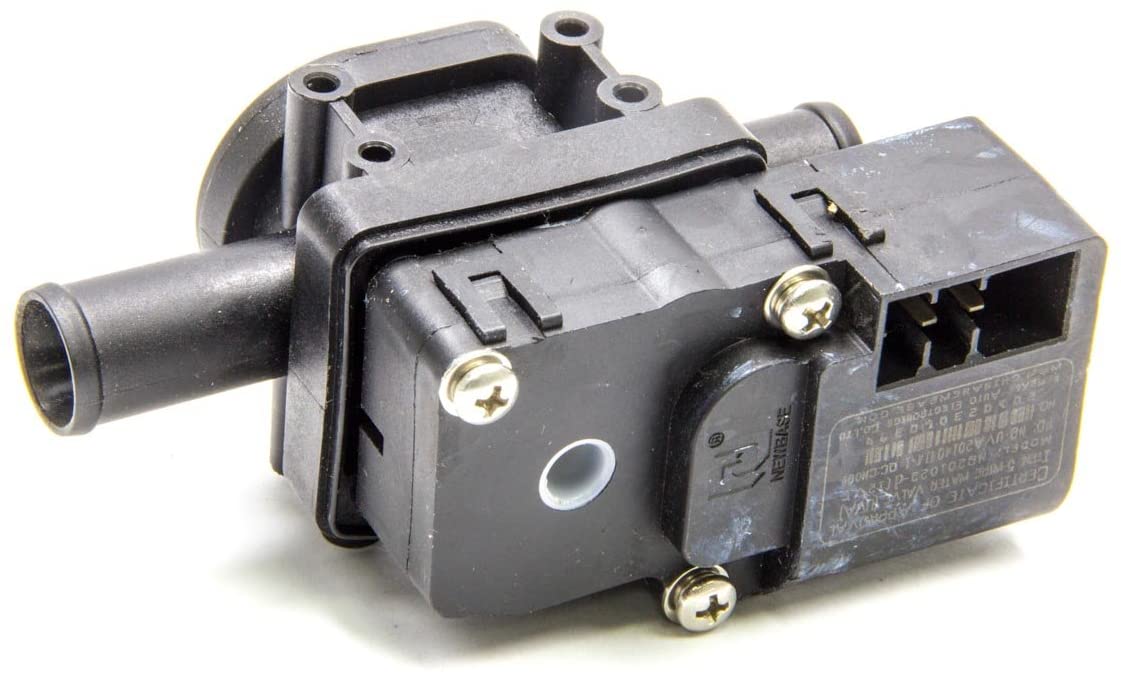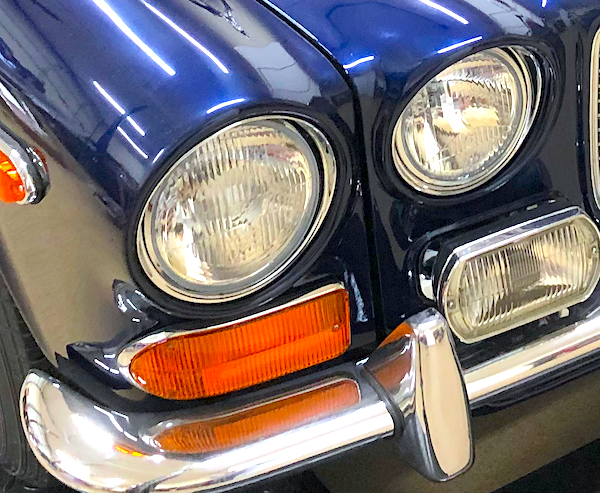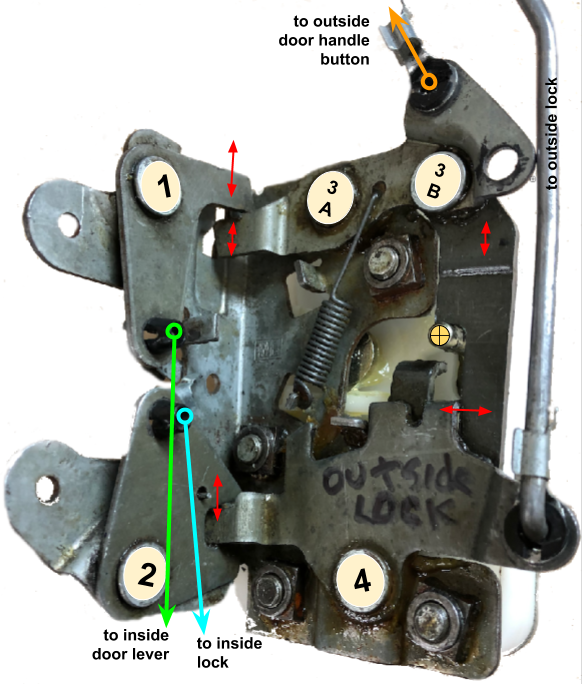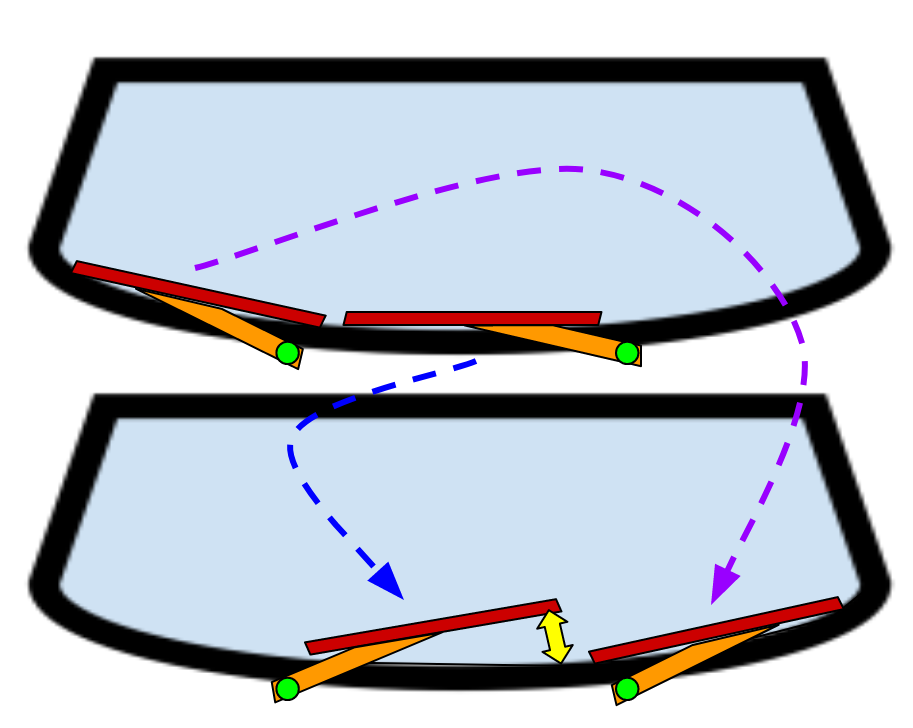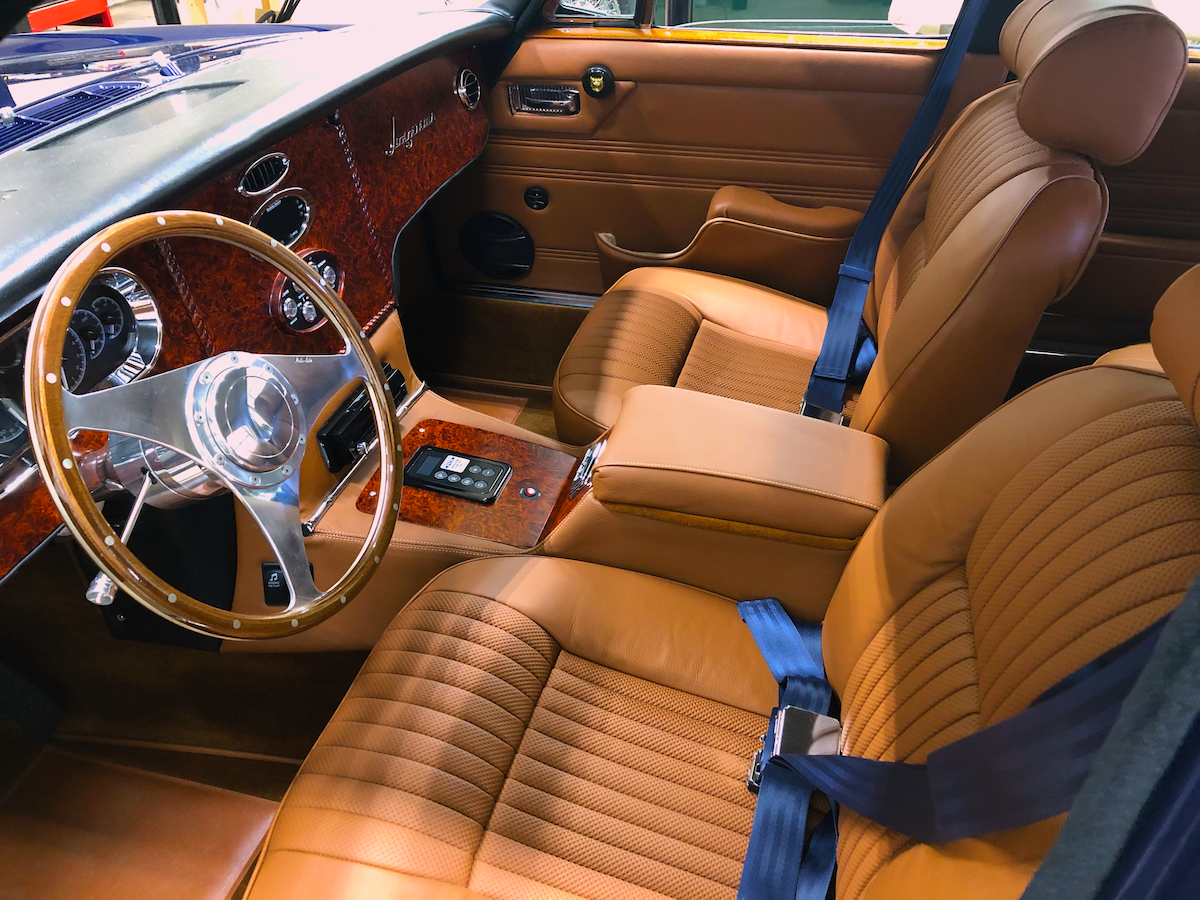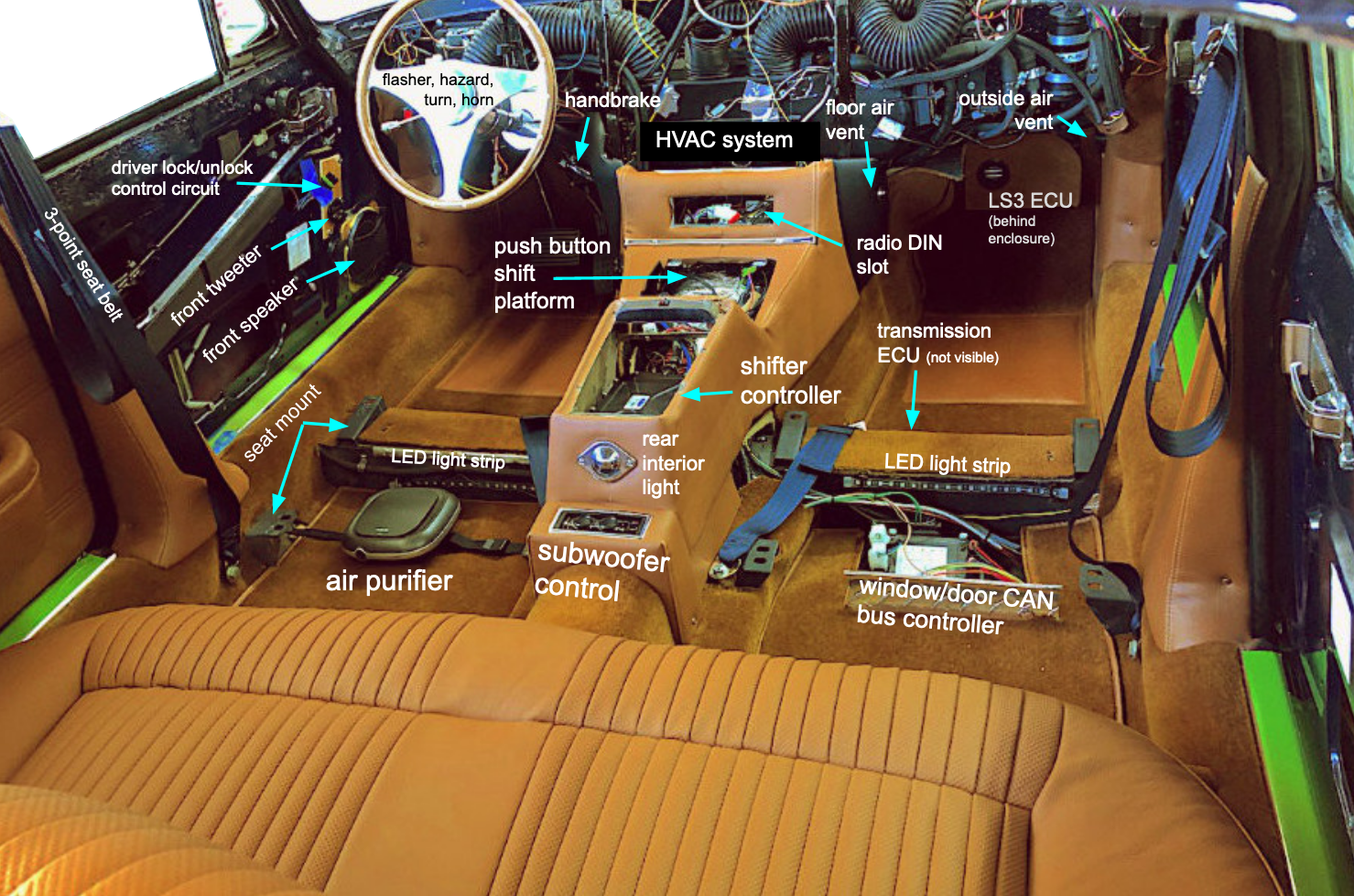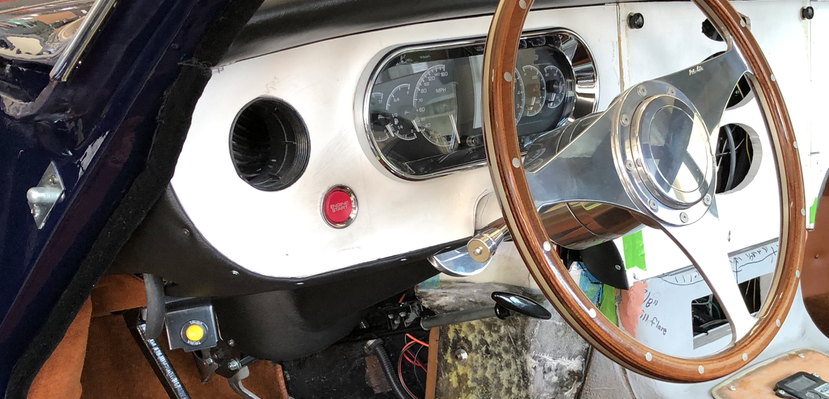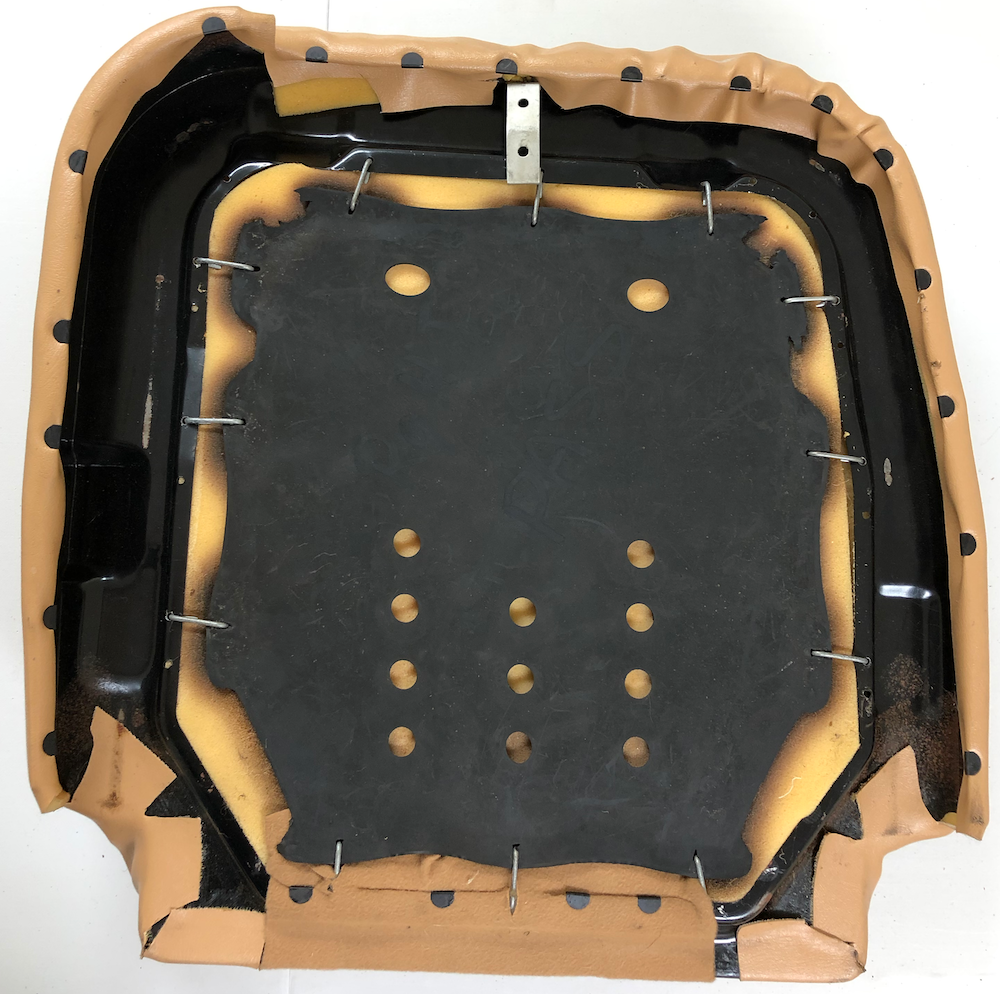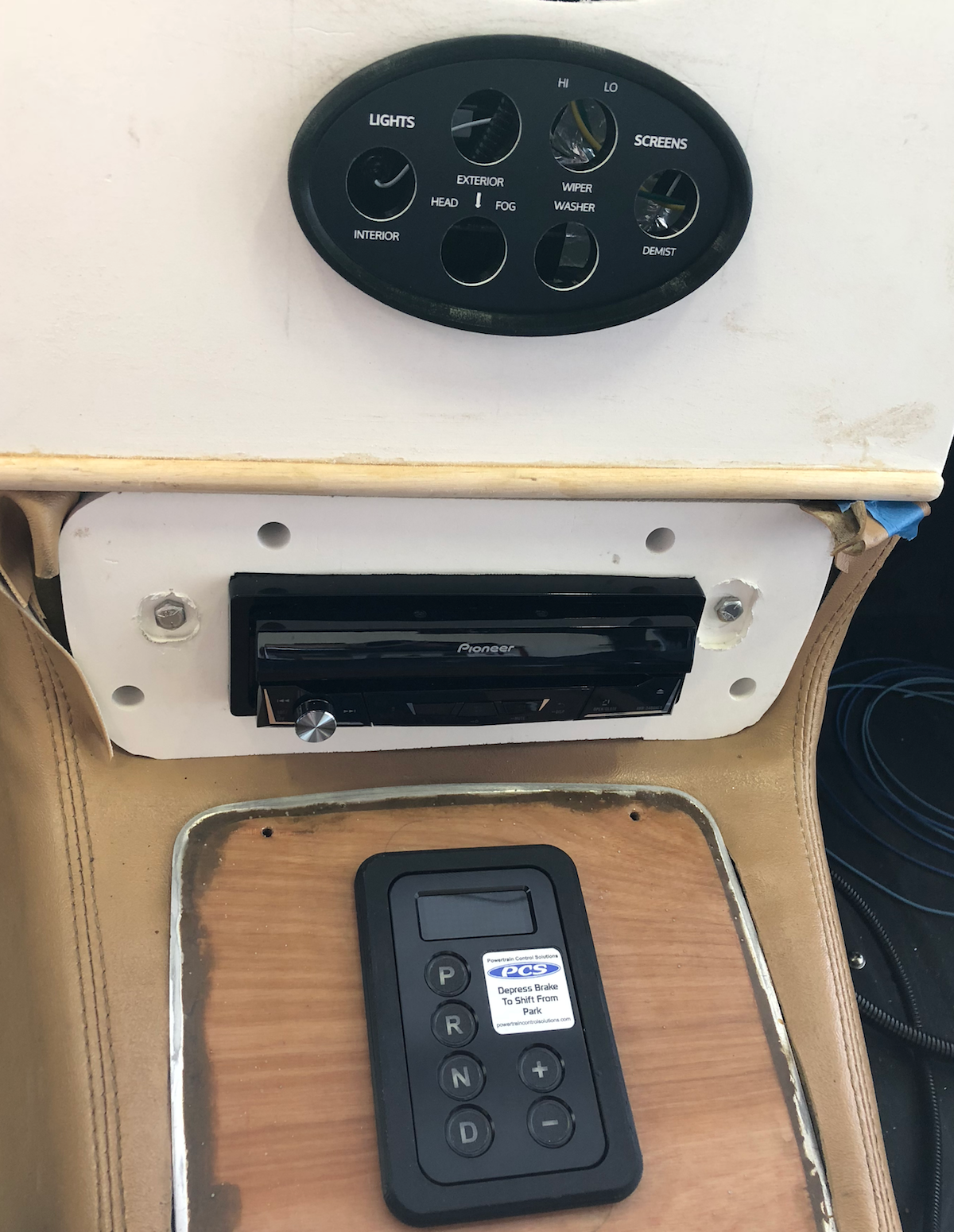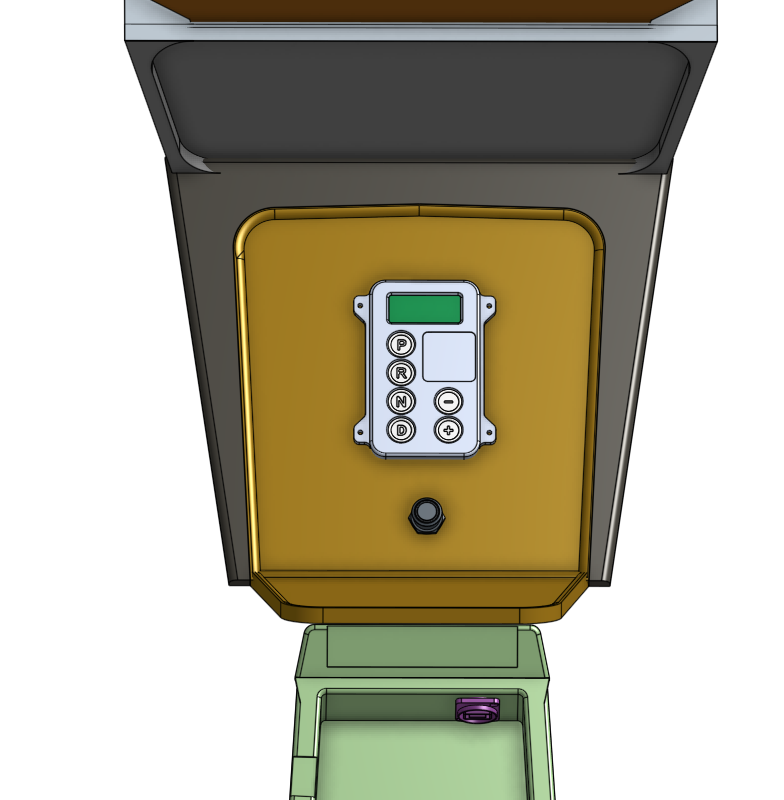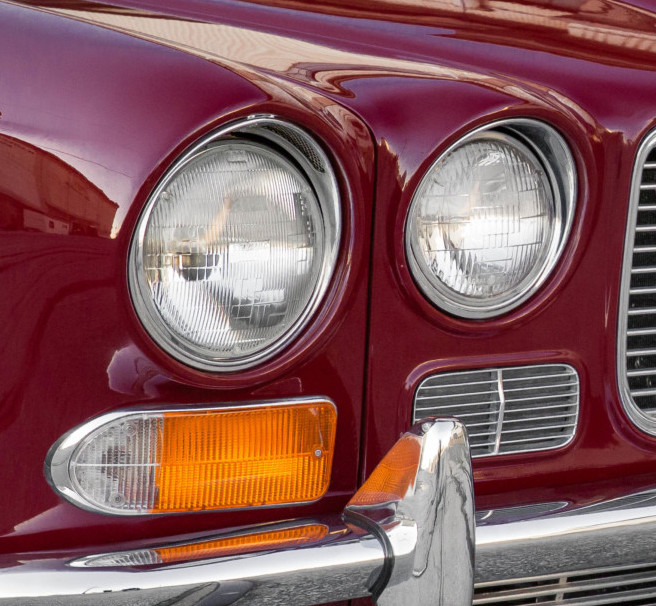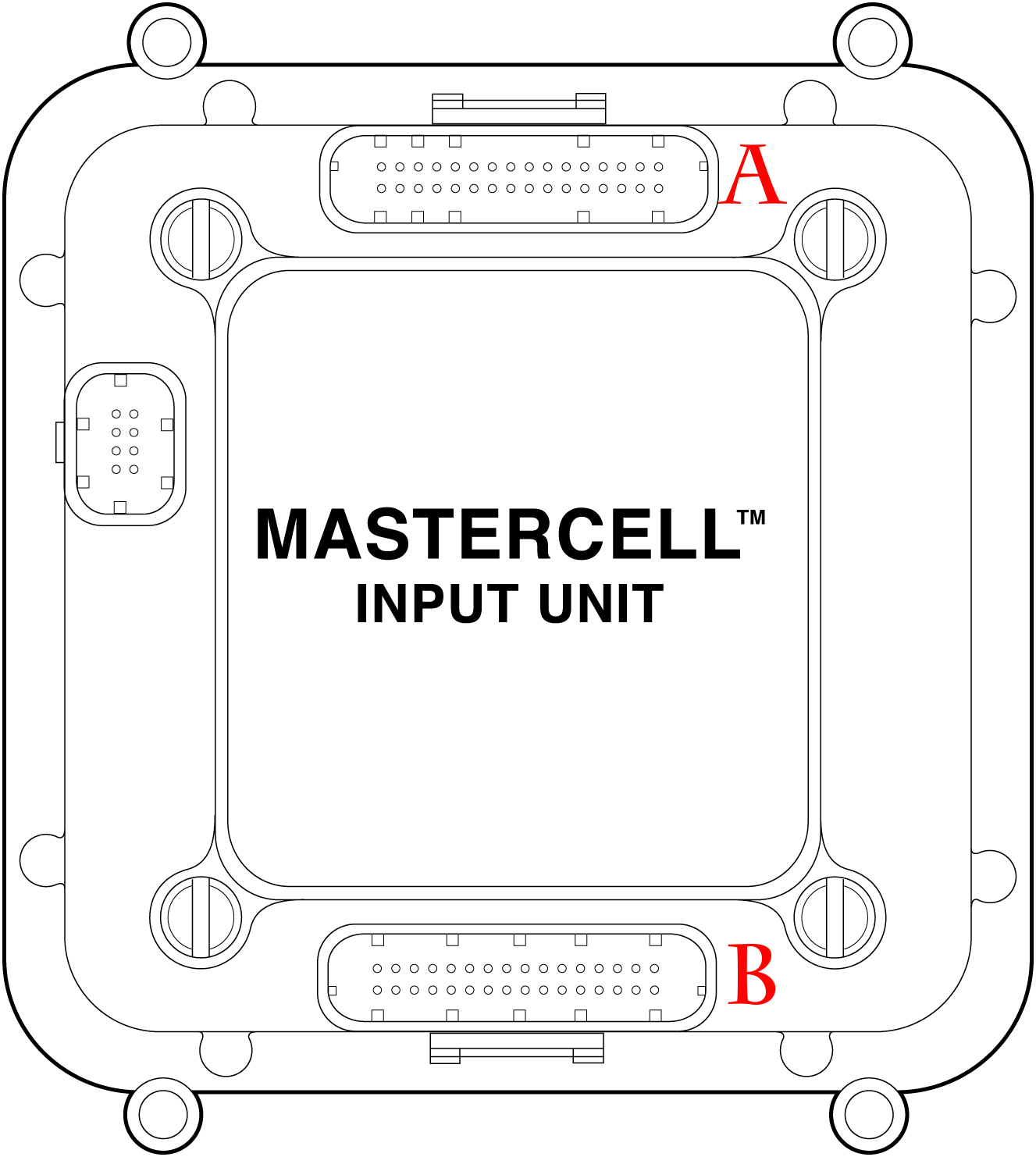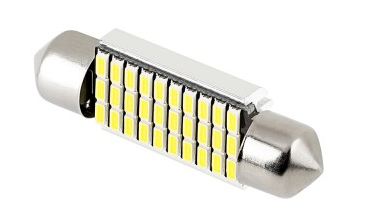Legacy window system Although power windows were first introduced in the 1940 Packard using an innovative hydro-electric system, Jaguar lagged far behind the industry. Our 1961 Mk2, for example, had manual rollup windows, and the early 1970s XJ6 saloons only offered power windows as an option. Our 1972 XJ6 has...
Continue reading...Padded dash top
The original Jaguar dash top has two large cutouts for plastic defrost vents and an indented center section that hides two top fixing screws with a mesh plastic cover. The plastic inserts are badly dated and damaged. Access to the top fixing screws is still essential, and a removable center...
Continue reading...Interior lighting
Legacy configuration The 1972 XJ6 offers rudimentary, and mostly unsatisfactory, courtesy and interior lighting typical of 1970s vintage Jaguars. The B/C post top pillar light, similar to those in earlier saloons like the Mk2, is retained, but instead of a wood mount, the fixture is entirely made of plastic. The...
Continue reading...Audio upgrade
While the XJ6 was outfitted with a premium audio system by 1970s standards, much has been improved during the past 45 years so a significant upgrade in the car’s audio system is warranted. The XJ6 originally sported four speakers in each of the door panels, and this was reasonably advanced...
Continue reading...Fresh air vents
Background See also Jaguar XJ6 airflow discussion in the Climate control options and air purification posts. Midway through the Series 1 XJ6 production in the early 1970s, Jaguar introduced a fresh air intake routed through the front headlamp embellishers. A tube passed along the front wings, made a sharp turn,...
Continue reading...Keyless ignition
The Infinitybox CAN bus system provides an elegant keyless ignition solution especially when deploying the popular Honda S2000 start button switch. Infinitybox separates vehicle security from the engine start function. This means that doors can be electronically locked and the engine disabled without reference to any ignition key. The inLink...
Continue reading...Engine bay
The illustration below shows the engine mounted with most of the connections completed. An XAir over-the-radiator (OTR) air filter fits through the modified radiator crossmember. The straight-ahead configuration is optimal for handling airflow. The modified Corvette-style cooling system is tucked into the right forward section of the engine bay with...
Continue reading...Engine cooling system
System design The Chevy LS3 V8 engine generates significant heat so a state-of-the-art cooling system must be part of restomod planning. Major components Pressurized cooling systems manufactured since the 1980s typically integrate seven major components: radiator (with or without fill cap) pressurized cap placed at highest point to enable air...
Continue reading...LS3 harness connections
Background The General Motors LS3 crate engine has 10 engine harness connections on the engine block: coolant sensor – 2 pin engine oil pressure sensor – 3 pin crankshaft position sensor – 3 pin knock sensors (2) – 2 pin camshaft position sensor – 3 pin manifold absolute pressure (MAP)...
Continue reading...Air conditioning hose connections
Our updated air conditioning system will use the R-134a refrigerant instead of the older R-12 that was in the original 1972 version. R-134a will itself be phased out in the next decade or so, but until then, it’s the best choice for aftermarket restomod projects. The basic layout is similar...
Continue reading...
